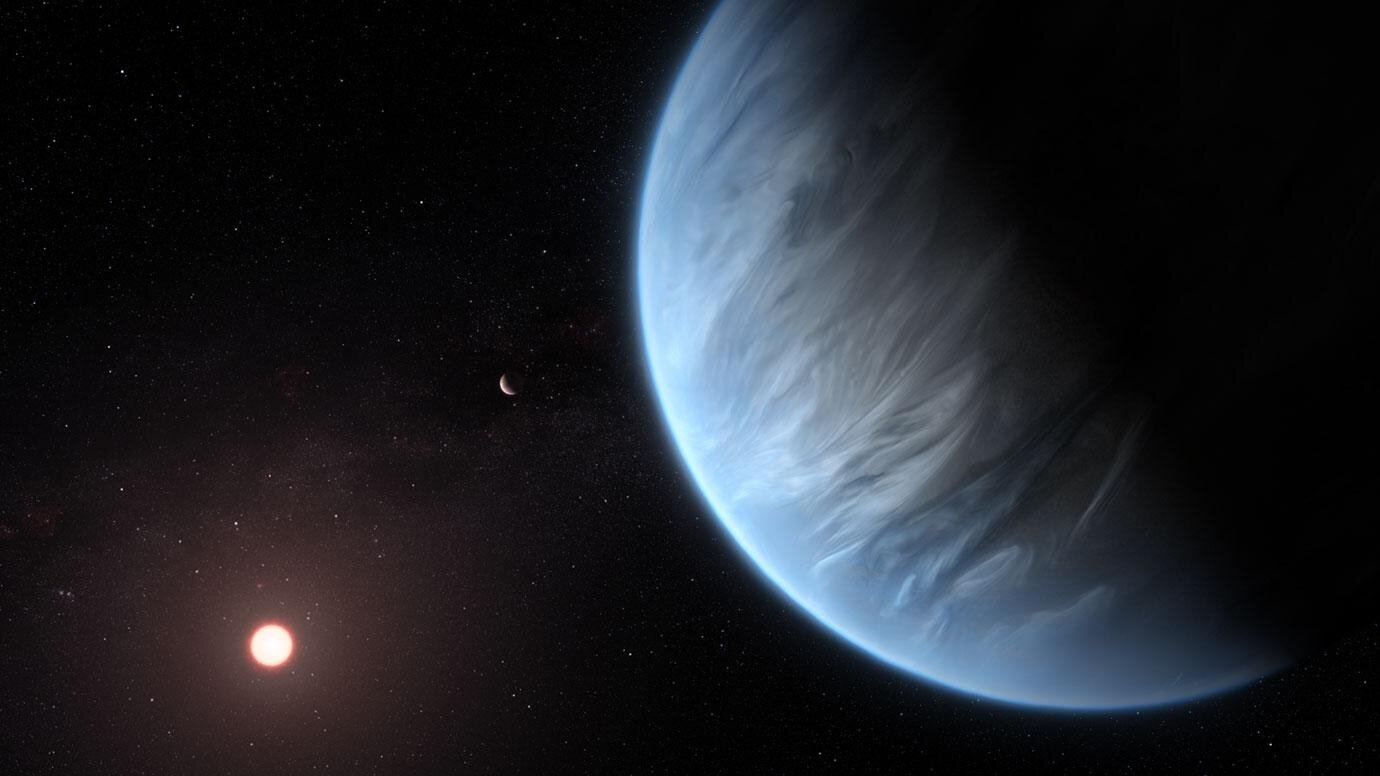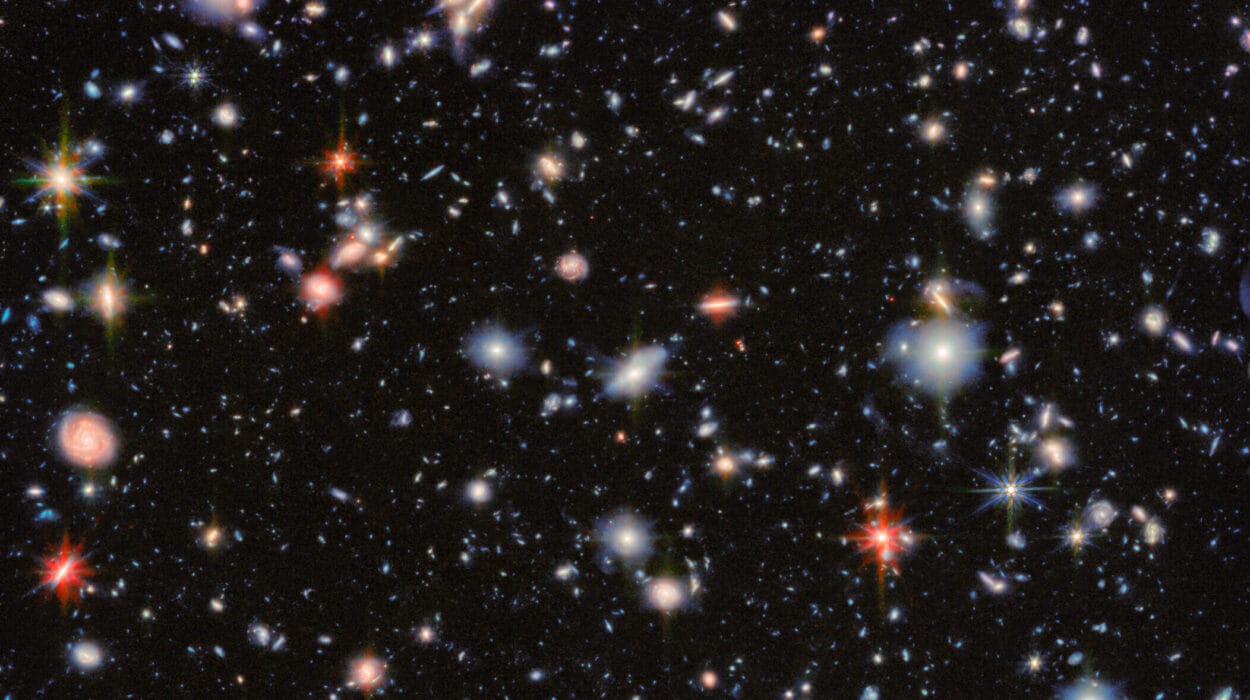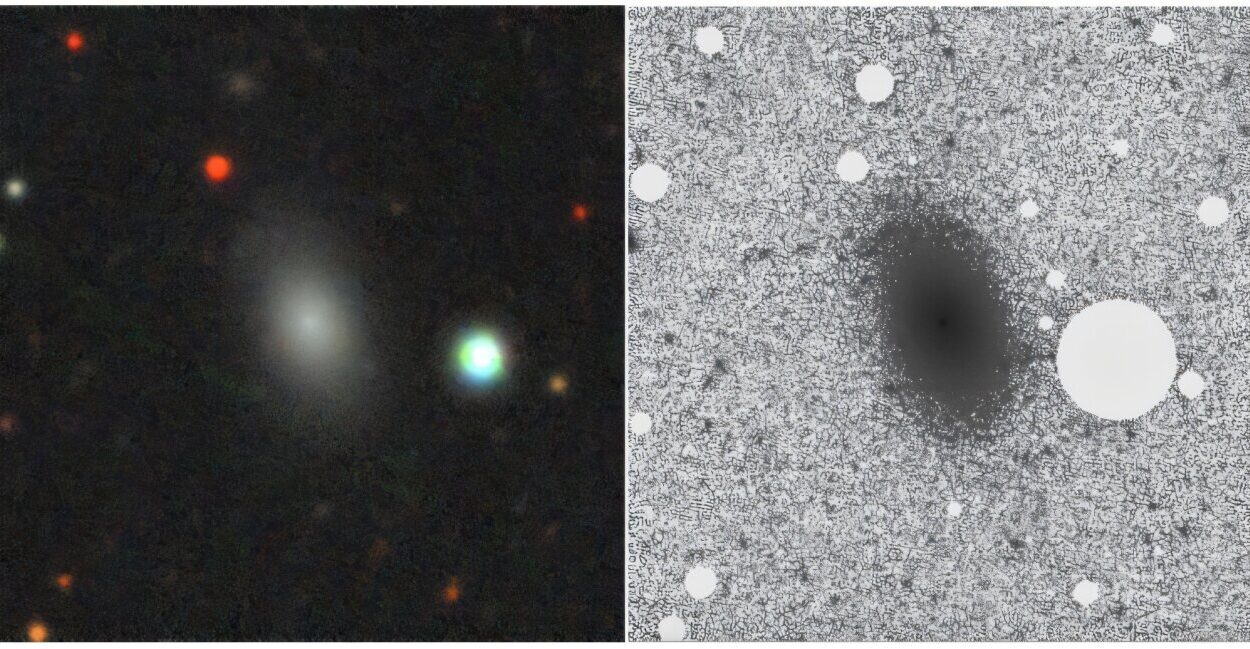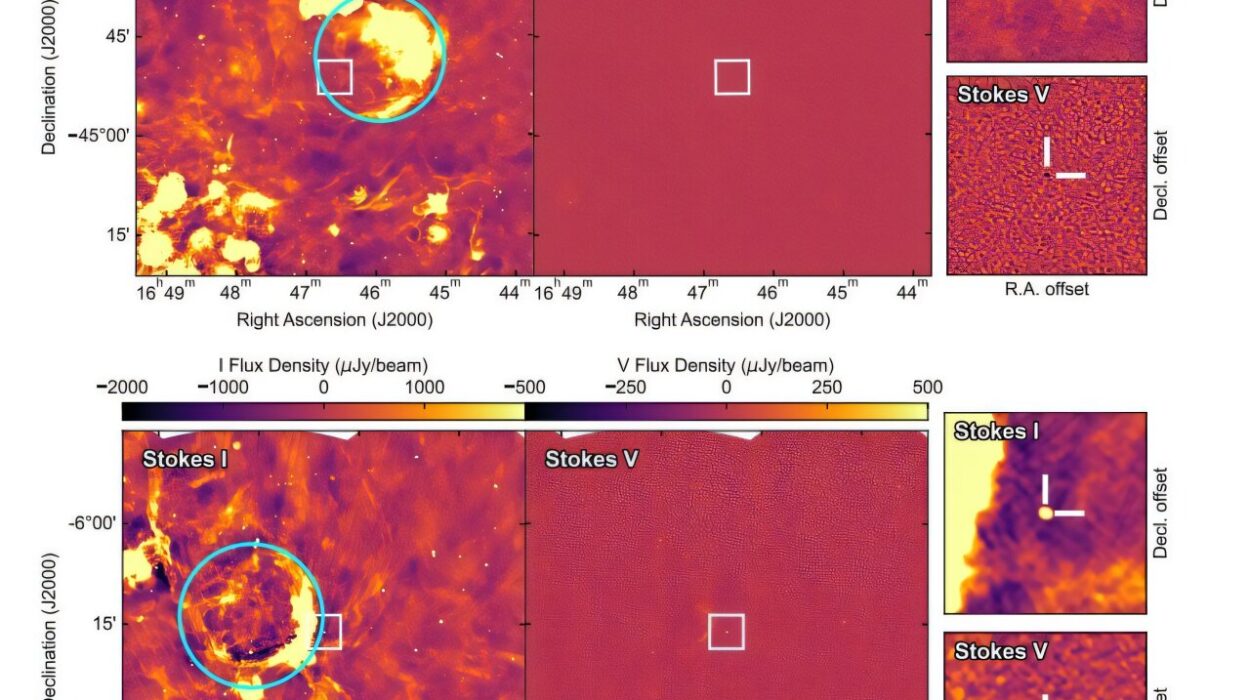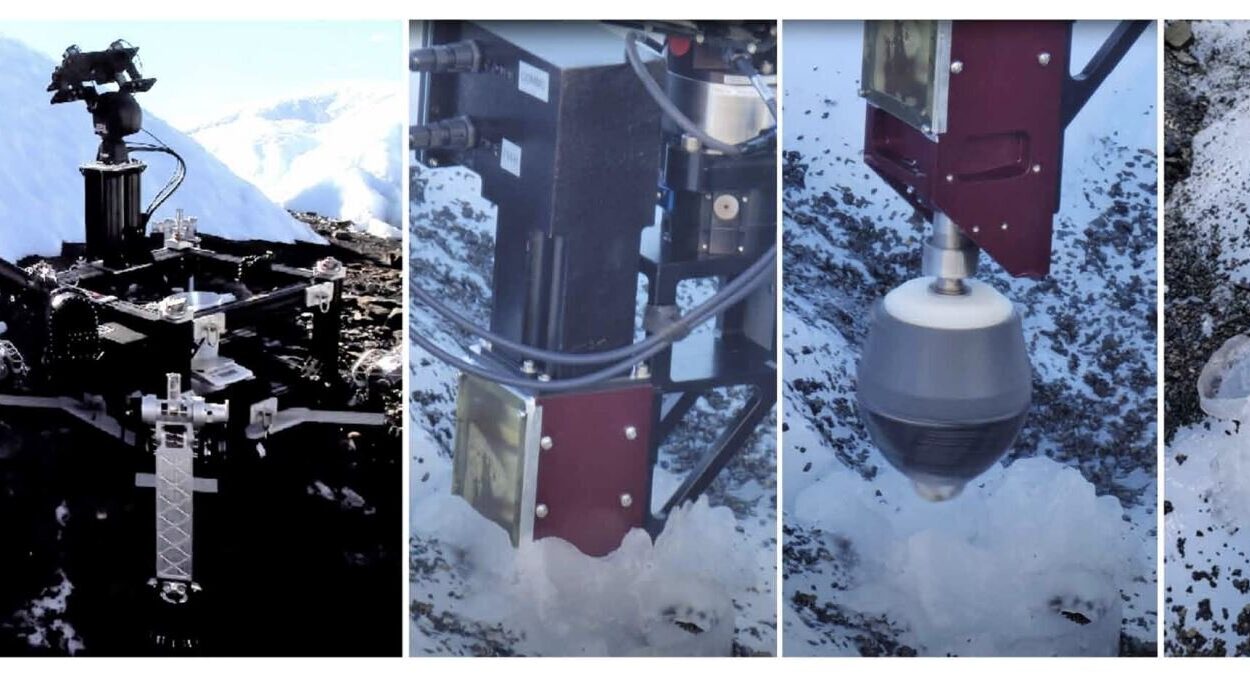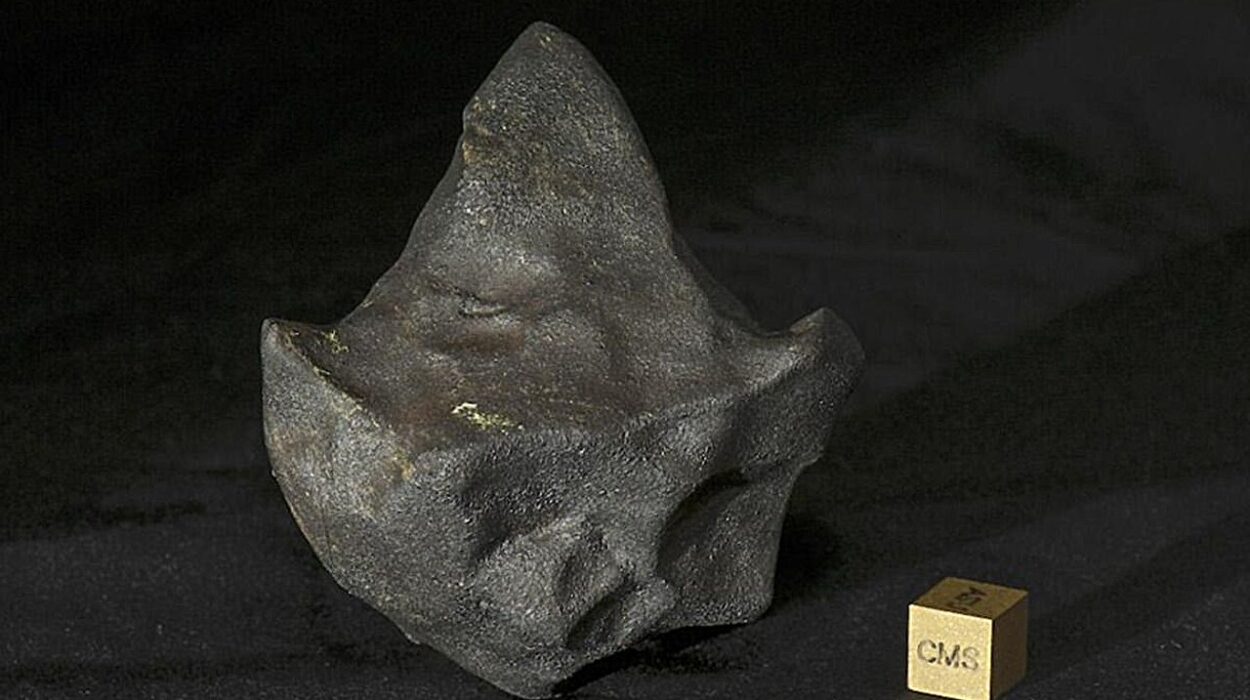It was the kind of discovery that sets imaginations ablaze. On April 16, 2025, a team of researchers led by scientists at the University of Cambridge unveiled tantalizing evidence of a possible biosignature—an indicator of life—in the atmosphere of a distant planet named K2-18b. The molecule in question? Dimethyl sulfide, or DMS, which on Earth is exclusively produced by living organisms, particularly plankton and other marine life.
In the sprawling, silent theater of the cosmos, such a signal would be monumental—a potential whisper from alien biology, carried across 124 light-years. The team had made their case using cutting-edge observations from NASA’s James Webb Space Telescope (JWST), currently the most sensitive space observatory ever built.
The story gripped headlines worldwide. But as every scientist knows, claims of this magnitude come with an imperative: extraordinary claims require extraordinary evidence. And now, a new study from the University of Chicago is urging everyone to hit the brakes.
Their verdict? The data isn’t conclusive. In fact, it might not be a sign of life at all.
A Planet Shrouded in Questions
K2-18b is an exoplanet orbiting a cool dwarf star in the constellation Leo. It’s a curious world—larger than Earth but smaller than Neptune—falling into a mysterious category scientists call “sub-Neptunes.” These planets, which don’t exist in our own solar system, are thought to be cloaked in thick atmospheres and possibly host liquid water beneath.
When researchers pointed JWST toward K2-18b, they weren’t just hoping for a planetary weather report. They were looking for whispers of life.
As the planet passed in front of its star—what astronomers call a transit—the telescope captured the starlight that filtered through its atmosphere. Molecules in the atmosphere absorb certain wavelengths of light, leaving behind a kind of barcode—an absorption spectrum—that scientists can analyze. The Cambridge team believed they saw patterns consistent with dimethyl sulfide or its chemical cousin, dimethyl disulfide.
On Earth, both molecules are produced by biological processes. The presence of DMS, in particular, would be an electrifying find. But could this faint signal really be trusted?
Peering Deeper into the Data
That’s the question a team at the University of Chicago set out to investigate, and their conclusions are casting a long shadow over the initial excitement.
“Our main takeaway is that the data just isn’t robust enough to support the claim,” said Rafael Luque, a postdoctoral researcher and lead author of the new paper, which has been submitted to Astronomy & Astrophysics Letters and is currently available as a preprint on arXiv.
The team reanalyzed not only the Webb data used in the original study, but also included additional observations made by Hubble and other instruments over time. Their findings were sobering: the signal initially attributed to DMS could easily be explained by more mundane molecules—common gases found in other planetary atmospheres that have nothing to do with biology.
“When you’re working with data this faint and this distant, a lot depends on interpretation,” said Michael Zhang, co-author and fellow UChicago astrophysicist. “What we’re seeing could be dimethyl sulfide, yes. But it could just as easily be something much less exciting, like ethane.”
And there’s the rub. Ethane is a hydrocarbon found on gas giants like Neptune and Saturn’s moon Titan. It forms through non-biological processes and is fairly common in planetary atmospheres. Importantly, it shares many of the same spectral features as DMS—especially when the signal is as faint as what was observed.
“Anything with a carbon bonded to three hydrogens will show up similarly in Webb’s data,” Zhang explained. “That’s what makes it so difficult to be definitive. Even if Webb’s data improves, distinguishing between these molecules might always remain a challenge.”
The Art of Scientific Skepticism
The UChicago researchers aren’t accusing the Cambridge team of error or exaggeration. Instead, they’re urging the community to apply a principle known as Occam’s Razor: when presented with competing explanations, favor the simplest one.
In this case, that means favoring ethane—or another similar, non-biological molecule—over an exotic biosignature like DMS.
“We always have to remember that nature doesn’t owe us an exciting answer,” said co-author Caroline Piaulet-Ghorayeb. “We should only reach for exotic interpretations after exhausting all the common ones. That’s the responsible way to do science.”
The researchers also criticized the decision to draw sweeping conclusions from a single dataset. Multiple telescopes—including both JWST and Hubble—have looked at K2-18b on several occasions. Yet the Cambridge claim was based solely on one transit.
“When we incorporate the full body of data, the evidence for DMS basically evaporates,” Luque said. “It doesn’t hold up to scrutiny.”
The Dangers of Premature Declaration
Why does this cautionary approach matter so much?
Because in the search for life beyond Earth, few questions are more profound—or more vulnerable to hype. A premature declaration can mislead the public, derail scientific priorities, and sow confusion. For those outside the field, a headline suggesting we’ve found alien life might stick in the mind long after a retraction or clarification.
That’s something the UChicago team wants to avoid.
“Answering whether there is life outside the solar system is the most important question of our field,” Luque said. “It’s why many of us became astronomers in the first place. But if we let excitement overshadow rigor, we risk setting back that very goal.”
A New Era, but with Caution
The debate over K2-18b comes at a thrilling moment in exoplanet science. With JWST now operational, and future missions like ARIEL and LUVOIR on the horizon, researchers are poised to analyze the atmospheres of hundreds—or even thousands—of exoplanets over the coming decades.
We’re entering an era where detecting biosignatures might genuinely become feasible. But that also means we need to sharpen our skepticism.
“Webb has opened a window into these distant worlds,” said Zhang. “But we’re still looking through it with foggy glasses. Until we get clearer data, every interpretation needs to come with caveats.”
So, Was It Life After All?
If you’re hoping for a dramatic twist—an “Aha!” moment where the skeptical scientists suddenly agree, yes, we found life—you’ll be disappointed.
What we have here is more complicated and, in many ways, more valuable: a lesson in how science really works. It’s not a straight line from question to answer. It’s a winding path of curiosity, doubt, re-examination, and humility.
The atmosphere of K2-18b remains mysterious. It may or may not contain DMS. If it does, it might not mean life. And even if it did—well, one signal alone would never be enough. Science demands not just evidence, but converging evidence, from different instruments, teams, and methods.
Until then, K2-18b will remain what it was before: a fascinating, enigmatic world that invites more questions than answers.
And that, perhaps, is the real wonder of it.
Reference: R. Luque et al, Insufficient evidence for DMS and DMDS in the atmosphere of K2-18 b. From a joint analysis of JWST NIRISS, NIRSpec, and MIRI observations, arXiv (2025). DOI: 10.48550/arxiv.2505.13407
